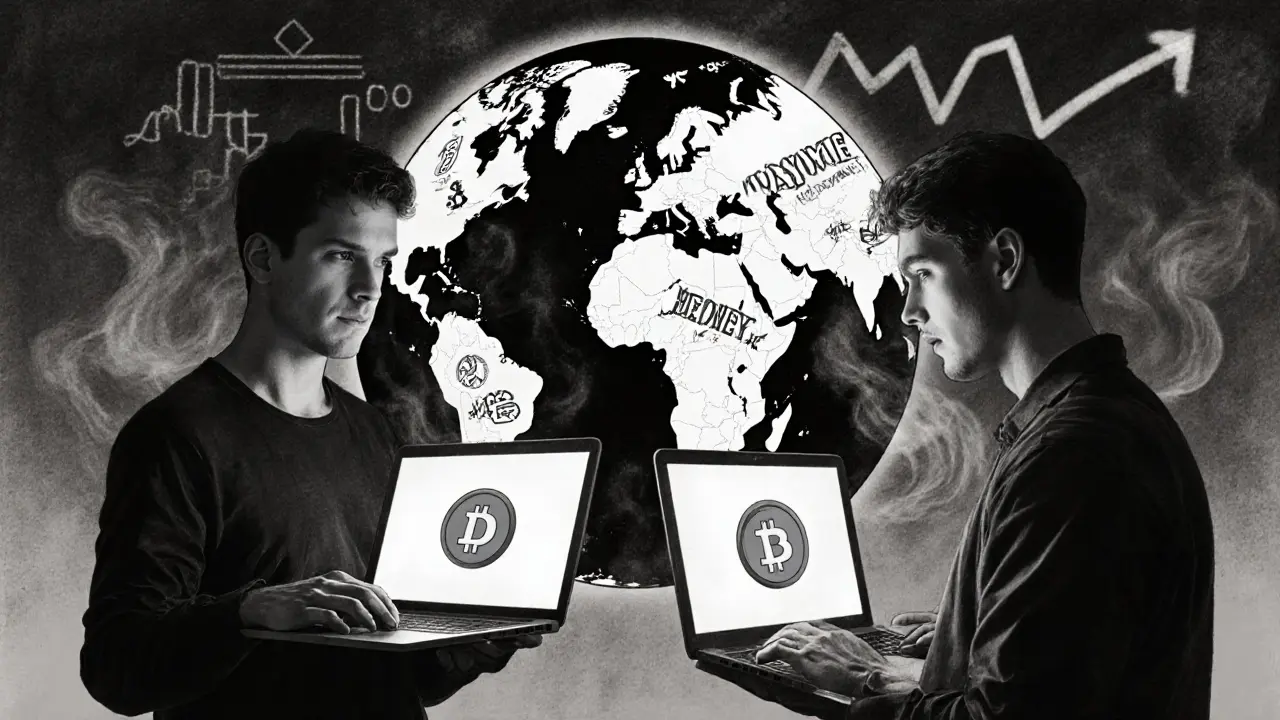Dogecoin started as a joke in 2013 but became the first successful memecoin, proving that community and humor can drive real crypto adoption. With unlimited supply and low fees, it's still used for tipping and small payments today.
Dogecoin: What It Is, Why It Matters, and What’s Really Happening With Memecoins
When you think of Dogecoin, a cryptocurrency born as a meme in 2013 with a Shiba Inu dog as its logo. Also known as DOGE, it was never meant to be taken seriously—but it ended up changing how people see crypto altogether. Unlike Bitcoin or Ethereum, Dogecoin doesn’t solve a technical problem. It doesn’t have a whitepaper full of complex math. It was created by two guys having fun, and somehow, it stuck. Millions of people bought it not because they understood blockchain, but because they liked the vibe. And that’s exactly why it still matters today.
What makes Dogecoin different isn’t its tech—it’s its community. While other coins chase institutional adoption, Dogecoin thrives on jokes, memes, and grassroots support. It’s the crypto version of a viral TikTok dance: no grand plan, but tons of people showing up anyway. That’s why it survived when so many other memecoins died. Look at the posts here: HarryPotterTrumpSonic100Inu? Dead. BNU? Worthless. KTN? A scam. But Dogecoin? Still trading. Still talked about. Still used to tip people on Twitter and Reddit. That’s not luck. That’s culture.
And that’s the real lesson here. Most memecoins fail because they’re just names slapped onto empty wallets. Dogecoin survived because people believed in it—not in the coin, but in the idea behind it. It’s anti-establishment. It’s playful. It doesn’t pretend to be something it’s not. Compare that to projects like Dynamic Trust Network or Zenith Coin, which try to sound like serious investments but have zero supply or zero users. Dogecoin doesn’t need audits or staking rewards. It just needs people to keep laughing.
But here’s the catch: believing in Dogecoin doesn’t mean it’s safe. It’s still volatile. It’s still manipulated by influencers. It’s still a gamble. And if you’re looking for real utility, you’ll find better options—like GPUnet’s decentralized GPU network or Anzen Finance’s RWA-backed stablecoin. But if you want to understand why crypto keeps pulling people in, even when it makes no sense? Look at Dogecoin. It’s not the future of finance. But it’s the clearest picture we have of how human behavior drives markets more than technology ever could.
Below, you’ll find real stories about crypto that actually happened—some wild, some tragic, some surprisingly smart. You’ll see how memecoins rise and crash, how airdrops vanish overnight, and why some exchanges disappear without a trace. None of them are Dogecoin. But they all explain why Dogecoin is still here.

